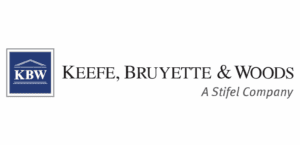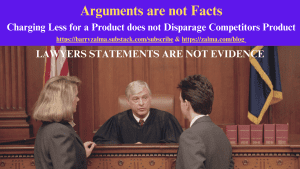What software does State Farm use?
What software does State Farm use?
Today at State Farm, many mission-critical workloads run on IBM z/OS across 250 active LPARs on 12 IBM Z servers, which provide services and data to ancillary applications running on distributed platforms.
How many claims can you file with State Farm before they drop you?
State Farm, the nation’s largest homeowners insurer, is dropping customers in some states when they file as few as two claims in as many years.
How do you begin the insurance claim process?
How to Start an Insurance Claim After an Accident Step 1: Write Down the Basic Details from the Accident. Step 2: Call the Insurance Company’s Claims Department. Step 3: Set Up the New Claim by Providing the Basic Details About the Accident. Step 4: Write Down the Claim Number and the Adjuster’s Contact Info. That’s It!
How do you write a car insurance claim letter?
Dear Sir, It is submitted that my Car (Registration No. ABC-000) which has been insured by your company vide Insurance Policy No. (Policy number-0000) has had an accident last night (date) due to which its bonnet and windscreen has badly damaged.
What is the difference between professional liability and malpractice insurance?
Malpractice insurance is another name for professional liability insurance for legal or medical professionals. No matter what it’s called, professional liability policies offer coverage if you make a mistake in your professional service. If a client sues you, these coverages will help pay for your legal defense.
Does NSO provide tail coverage?
Claims Made: Extended Reporting Period Coverage A tail offers coverage for incidents that happen while the claims-made policy is effective but are reported after the policy has expired.
Are NSO and Hpso the same?
HPSO’s sister company, Nurses Service Organization (NSO) has been safeguarding nursing professionals since 1976. More than 80 national and state nursing associations endorse malpractice coverage through NSO.
Is errors and omissions insurance the same as malpractice insurance?
Many industries use the terms “E&O insurance” and “professional liability insurance” interchangeably. You may also hear these policies called “malpractice insurance.” Common industry names for this policy include: Professional liability insurance for architects, accountants, and consultants.
What are the two types of malpractice insurance?
It is important to understand the two basic types of malpractice insurance: “”claims-made”” and “”occurrence.”” A claims-made policy will only provide coverage if the policy is in effect both when the incident took place and when a lawsuit is filed.
Does professional liability insurance cover errors and omissions?
Professional Liability insurance, also known as Errors and Omissions (E&O) coverage, is designed to protect your business against claims that professional advice or services you provided caused a customer financial harm due to actual or alleged mistakes or a failure to perform a service.
What is better claims-made or occurrence?
Claims-made coverage is portable. You can take the coverage from one insurance company to another. The advantage to an occurrence policy is its permanence. The period of time you are insured under an occurrence policy is protected forever by the policy you had that year.
Can you buy tail coverage on an occurrence policy?
Tail coverage does not apply to occurrence-based policies. You don’t need tail protection for occurrence-based policies because coverage is available as long as the insurable event occurred during the policy period, even if you canceled your policy later. Tail coverage is different from nose coverage.
What is the difference between claims-made and occurrence malpractice insurance?
Occurrence malpractice insurance provides coverage for incidents that occurred during the policy year, regardless of when a claim is reported to the carrier. Claims-made malpractice insurance provides coverage if the policy is in effect both when the incident took place AND when the claim is filed. Aug 2, 2021
What is the difference between ISO and NSO?
ISOs only apply while you are still employed at the company that issued the grant and cannot be extended beyond 90 days after you leave. NSOs don’t require employment and can be extended well beyond 90 days.
How do NQ stock options work?
Non-qualified stock options are stock options that do not receive favorable tax treatment when exercised but do provide additional flexibility for the issuing company. Gains from non-qualified stock options are taxed as normal income.





